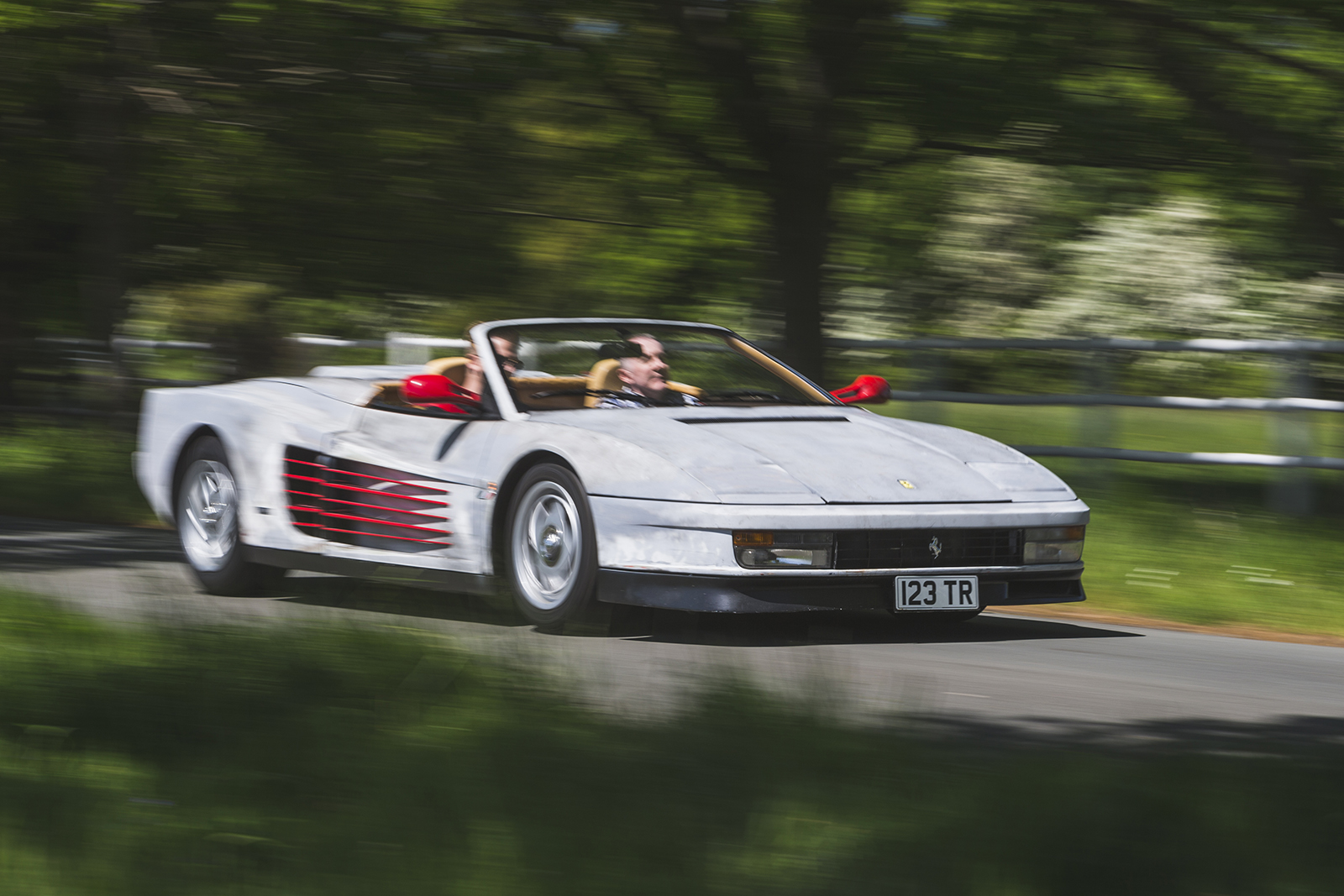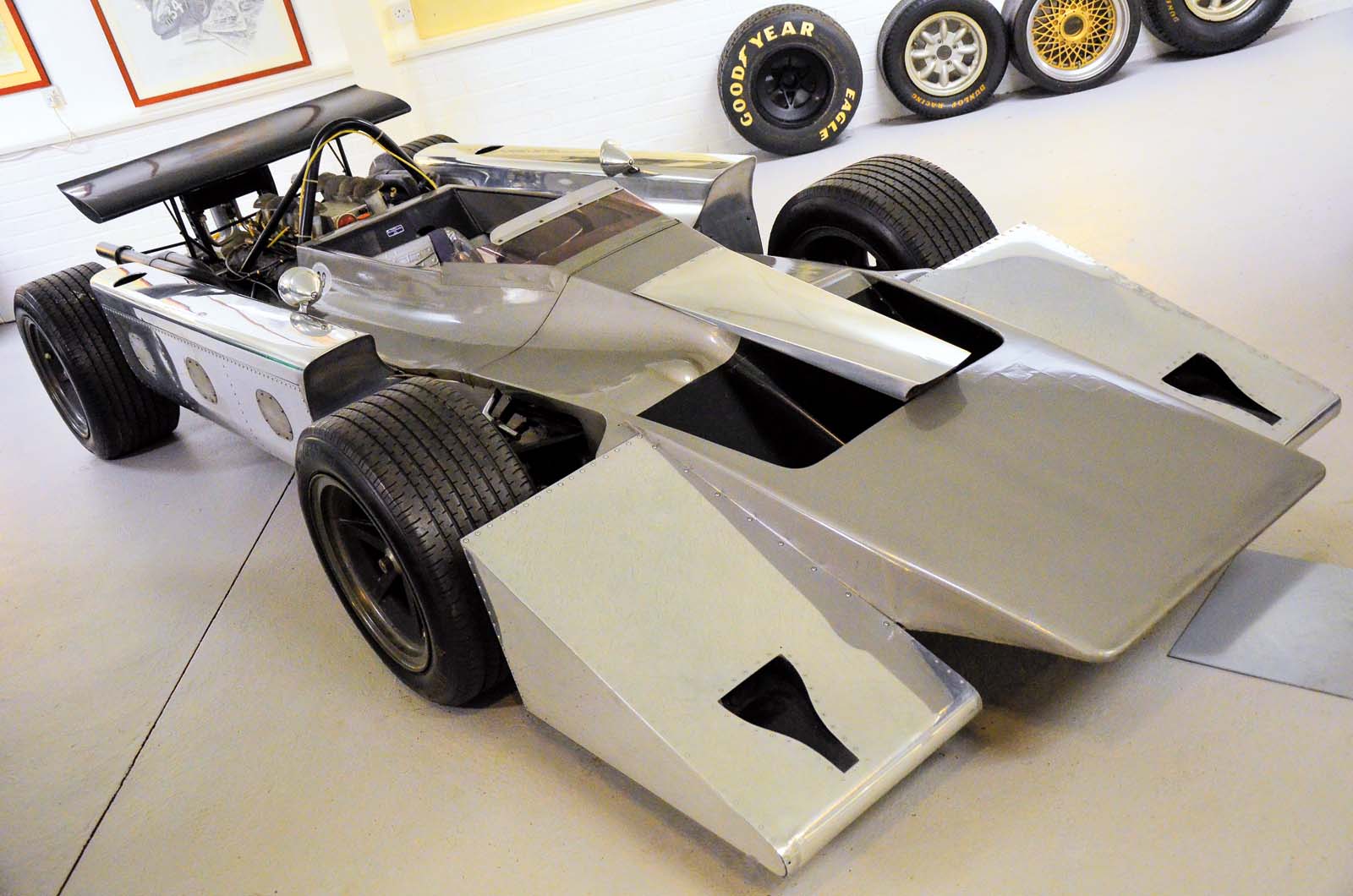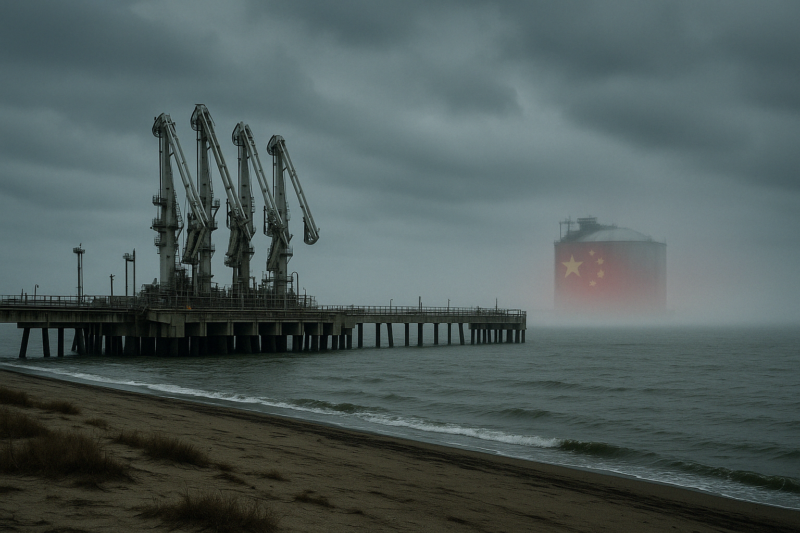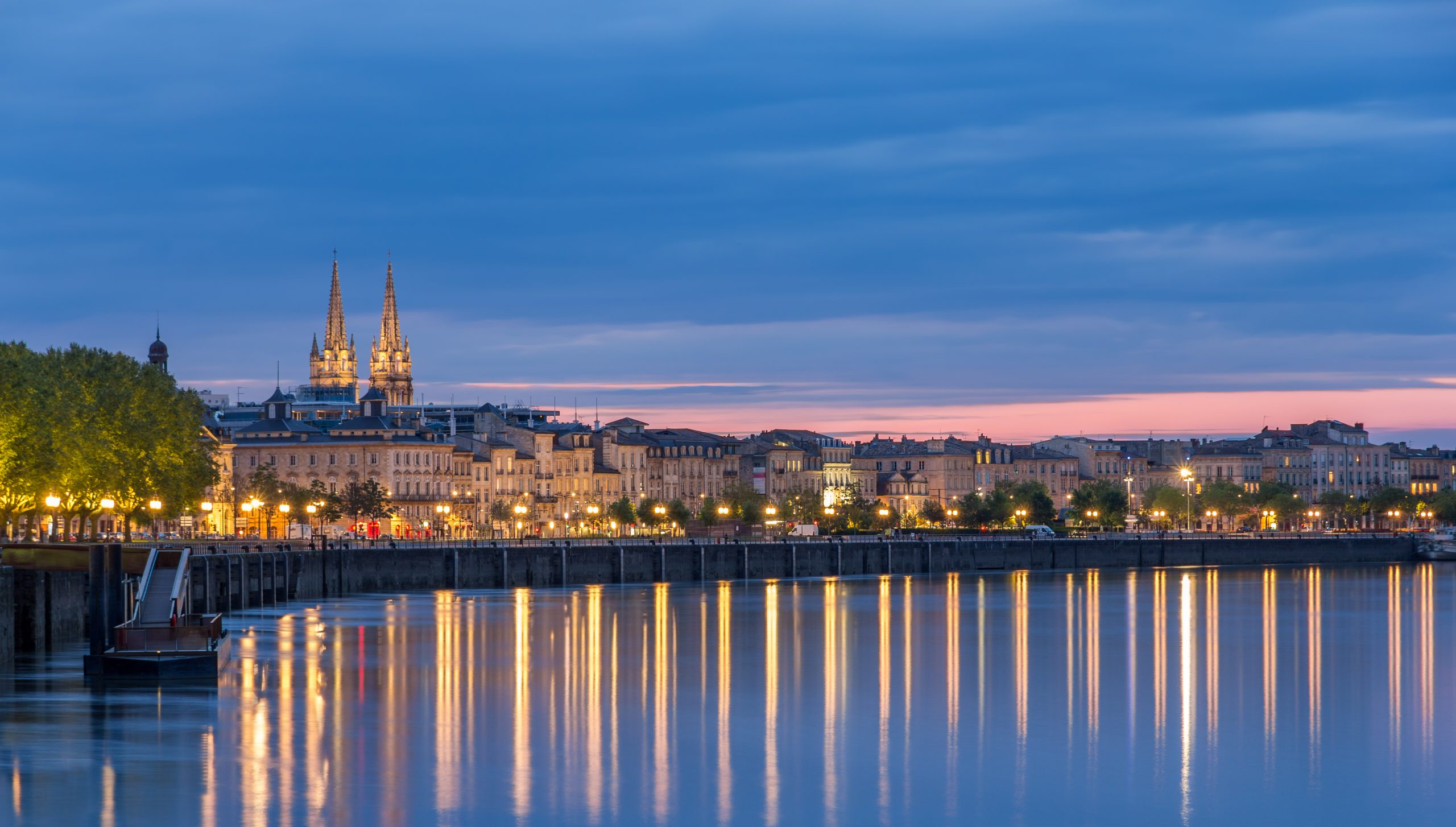Scaling up organics: the realities behind going big without chemicals
As organic wine demand grows, producers face tough choices on how to scale sustainably. One Provençal estate shares what it really takes to go large without cutting corners. The post Scaling up organics: the realities behind going big without chemicals appeared first on The Drinks Business.
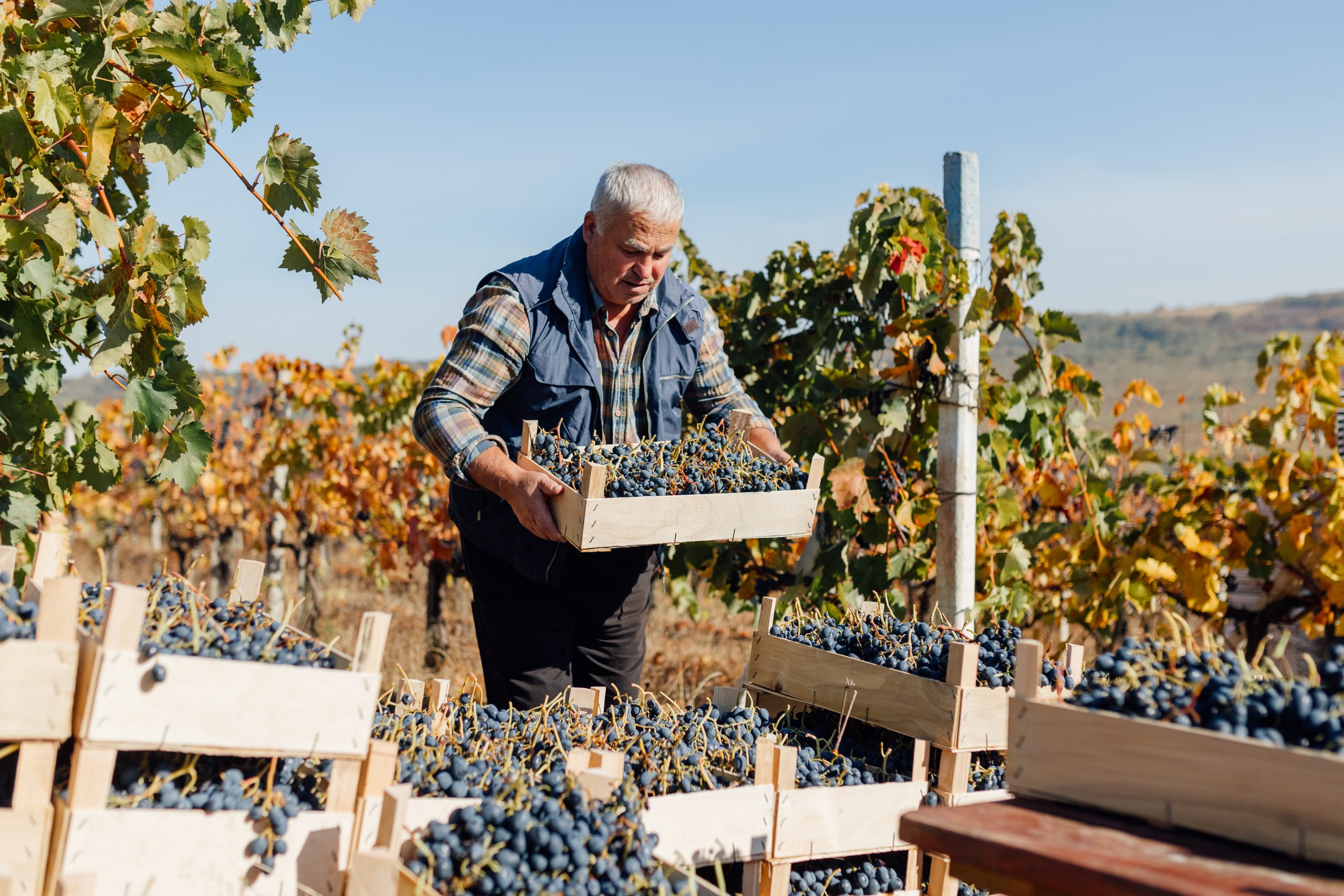
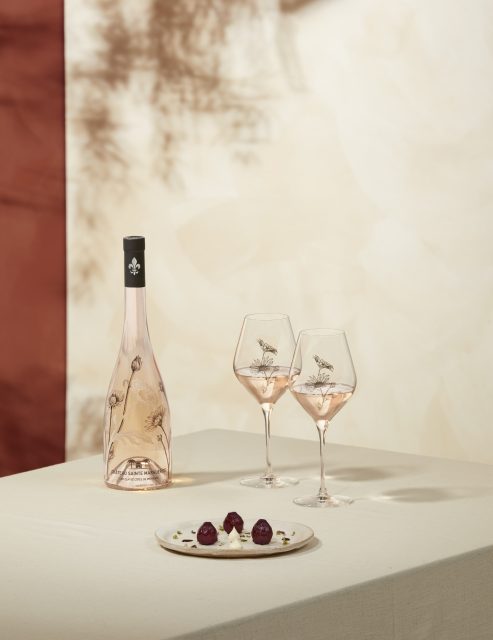
Château Sainte Marguerite in Provence has been certified organic since 2003. For winemaker Olivier Fayard, transitioning to organic production across a large vineyard came with significant logistical demands.
“Over the years, we learned a lot through the process,” Fayard says. “Converting to organic viticulture means working the land more thoroughly to control weeds and anticipating all treatments in order to be effective. Back when Château Sainte Marguerite started the process in the early 2000s, we therefore get equipped accordingly and trained all our staff in these new practices. And logically, the larger the area converted, the greater the work involved.”
Managing pests and diseases without synthetics
For estates working without synthetic chemicals, disease pressure is a constant concern. But with the right tools and experience, Fayard believes size is no barrier to success.
“You definitely need a dose of experience and savoir-faire, this is key,” he says. “Also, there is a need to use an equipment adapted to organic growing, a trained team that respects protocols and a lot of foresight. And all of this in keeping with the size of the vineyard. In a homogeneous area and terroir, it makes no difference whether you are big or small.”
Keeping quality consistent
Concerns around vintage variation and inconsistent quality are often raised by critics of organic wine. But at Sainte Marguerite, the opposite has proven true.
“Our region, and in particular the area with our vineyard bordering the sea, is perfectly suited to organic growing. And if conditions and the process as addressed in question 2 is respected, there is no challenge. In addition, we haven't noticed any difference between years, quality remains across vintages with organic methods.”
Reliable supply, but challenges with conversion
While some organic winemakers report issues sourcing certified materials, Sainte Marguerite has built strong relationships with suppliers.
“We never have encountered particular difficulties in that instance. We work closely with reliable suppliers,” Fayard says.
However, persuading grape suppliers to go organic remains a sticking point. “It's difficult to convert grape suppliers to organic. Often, they work with cooperatives that don't push in this direction. Nevertheless, we're starting to see some changes with the new generations, even if it remains timid. This requires support, a role we feel particularly strongly about, so that we can convert them to organic in the best possible conditions.”
Market momentum behind organic wine
Despite the challenges, market support for organic wine continues to grow, driven by both environmental concern and consumer demand for transparency.
“Protecting the environment and improving the quality of what we consume have been major issues for the last twenty years, and will be for years to come,” Fayard says. “All you have to do is listen carefully to hear what's going on. It's a central issue in building a reasoned and responsible viticulture, to protect our ecosystems and future generations.
“So, yes, it's of prime importance to move forward in that way and we have been doing so since 2003. In that Château Sainte Marguerite has been a pioneer in the region. I like to think we set an example for other players in Provence to follow.”
While expanding organic wine production presents real challenges, Château Sainte Marguerite’s experience shows it can be done — with planning, patience and a long-term vision.


















